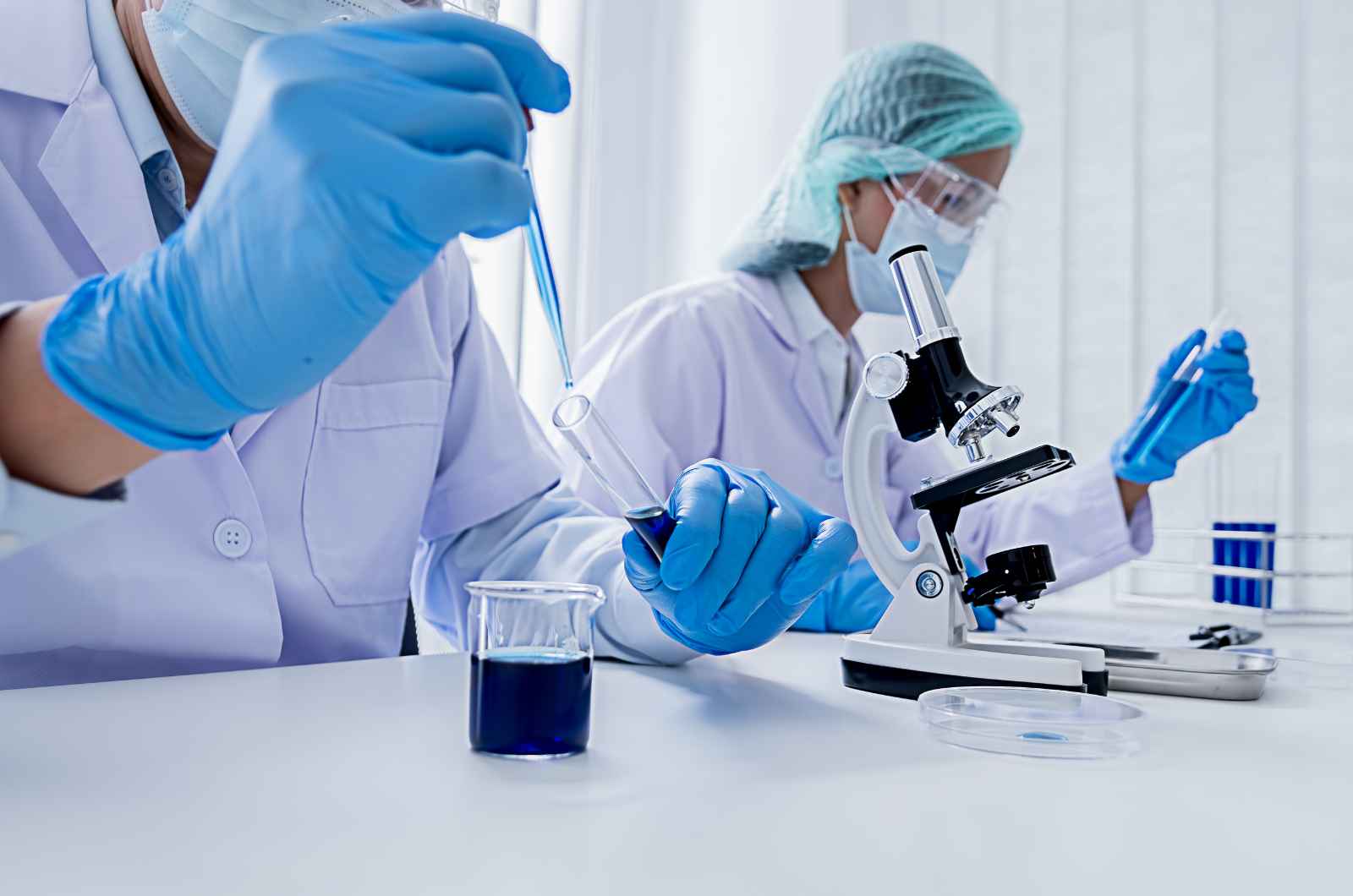In the realm of medical education, cadaver labs hold a unique and indispensable role. These labs provide a hands-on approach to learning human anatomy, offering insights that go far beyond textbooks. By working with real human cadavers, medical students and professionals gain invaluable experience that bridges the gap between theoretical knowledge and practical application.
?Why Are Cadaver Labs Important in Medical Training
?What Unique Insights Do Real Human Cadavers Provide
In medical training, cadaver labs offer a unique and irreplaceable insight into human anatomy. Real human cadavers provide a depth of understanding that goes beyond what textbooks or simulations can offer. The tactile experience of dissecting a real body allows students to see, feel, and understand the complex relationships between tissues, organs, and systems in a way that no other method can replicate. This hands-on approach is crucial for developing a comprehensive understanding of anatomy, which is fundamental for all medical professionals.
?How Do Cadaver Labs Bridge Theory and Practice
Cadaver labs serve as a critical bridge between theoretical knowledge and practical application. While textbooks can provide detailed descriptions and illustrations, they cannot fully convey the spatial relationships and textures of real anatomical structures. In cadaver labs, students have the opportunity to apply their theoretical knowledge in a practical setting, enhancing their learning experience and reinforcing their understanding. This practical experience is essential for developing the skills and confidence needed to perform surgical procedures and other medical interventions effectively. By working with real human cadavers, students can better understand the complexities of the human body, making cadaver labs an indispensable part of medical education.
?What Facilities Make Cadaver Labs State-of-the-Art
State-of-the-art cadaver labs are equipped with advanced facilities that significantly enhance the learning experience. These labs feature modern surgical equipment, including high-resolution imaging systems and sophisticated monitoring devices, which allow you to observe and analyze anatomical structures in great detail. Freshly-frozen cadavers are preserved using cutting-edge techniques, ensuring that their tissues remain as lifelike as possible for dissection and practice. Additionally, specialized tools such as bone saws and precision instruments are available, providing you with the necessary resources to perform a wide range of medical procedures accurately. These advanced facilities create an optimal learning environment, bridging the gap between theoretical knowledge and practical application.
How Does Hands-On Experience in Cadaver Labs Enhance ?Skills
Hands-on experience in cadaver labs is invaluable for medical students and professionals. By working directly with human tissues, you gain a deeper understanding of anatomical relationships and complexities that textbooks and simulations can't fully convey. Dissecting real cadavers allows you to practice surgical techniques, improving your precision and confidence. This practical exposure helps you develop critical skills needed for real-life scenarios, reducing the likelihood of complications during surgeries. The tactile feedback and spatial awareness you acquire are essential for mastering intricate procedures, making cadaver labs an indispensable part of medical training.
What Are the Ethical Considerations in Cadaver Dissection
In cadaver dissection, ethical considerations are paramount. Consent from donors is crucial, ensuring their willingness for their bodies to be used in education. Respect and dignity must be maintained throughout the process, from handling to dissection. Strict safety protocols protect both students and educators, upholding the highest standards of ethical practice.
Cadaver labs are essential for medical education, providing unmatched hands-on experience and deeper anatomical insights. These labs, equipped with state-of-the-art facilities, help bridge the gap between theory and practice. Ethical considerations ensure respect for donated bodies, fostering a profound appreciation for the contributions to science and healthcare advancements.
click here for more info: anatomy cadaver lab

